These days remakes, updates and remasterings of old games are commonplace. A couple of particular interest to at FFG towers right now are Full Throttle, released a few months ago and Starcraft, due out in August.
This isn’t totally new, however. By the start of the 90s, developers and publishers were starting to see the attraction of renovating and re-releasing their older games. Here’s a selection of remakes all released before 2000.
Sierra Adventures
In the early 90s, Sierra went about remaking the first game in each of their five core “Quest” series of adventures. That would be King’s Quest, Space Quest, Police Quest, Quest for Glory and Larry Quest Leisure Suit Larry.
The state each game started at, and then moved to, varied a bit. For example King’s Quest was their first adventure, and so its remake came first also, and is a step more primitive than later ones. For the most part though, graphics were upgraded from the chunky pixels and the 16 colours of EGA to higher resolution 256-colour VGA. Also, the old keyboard controls and text parsers were put aside for a fully mouse-driven interface.
I think the originals did a lot with that primitive SCI engine, creating fascinating and detailed worlds for us to explore. Still, the updated versions are a bit more accessible nowadays. Another bonus is proper soundcard sound, even if just jangly adlib music, rather than tortured PC speaker bleeps.
We have a particular fondness for Police Quest starring Sonny Bonds, our favourite gaming cop. Half the challenge is making sure you adhere to proper procedure for arresting perps or checking your car for faults, yet weirdly that becomes half the charm. The other one I’d recommend is the RPG-hybrid Quest for Glory…which I could have sworn we reviewed here! Must have gotten lost in the move to WordPress. [Edit: It is lost no more! – Rik]
Anyway you can find the lot on GOG.
Dune 2000
I don’t know if Dune 2 was literally the first ever realtime strategy game. It is however generally regarded as establishing a template for the genre that later games would follow. You build a base, send out trucks to gather some sort of resource, churn out lots of little tanks, go destroy your enemy’s base.
In 1998 Westwood updated it using the technology behind its successors, Command and Conquer and Red Alert. This brought sharper graphics, although I’m actually unsure if looks any more attractive as a result. Every map is still a brown desert, and you’ve lost that nostalgic 320×200 VGA charm.
On the other hand, Dune 2000 does have an improved interface that lets you give orders to multiple units at once. When there are Ordos raiders banging on your front door you don’t really want to be clicking a tank, giving orders, clicking another, giving orders, and so on.
Also this was the heyday of FMV cutscenes, featuring live actors, a feature that Westwood had wholly embraced with Command and Conquer. For Dune 2000, our moderately-famous “hey, it’s that guy!” guest star was John Rhys Davis. Write in the comments with your favourite role from his lengthy career (I vote Gimli from Lord of the Rings).
Sadly neither original nor update can be bought anywhere currently.
F-117A Stealth Fighter 2.0
This may be blurring the lines between remake and sequel. I wanted to include F-117A because it’s actually the third iteration of the original idea. Also it’s relevant to my interest in military aviation.
In the 80s the USAF was widely believed to be working on a fighter jet that could evade enemy radar. Being a top secret project virtually nothing was known about it, so aviation enthusiasts came up with their own speculation. The designation F-19 was a sensible guess, based on the fact that fighter numbers are sequential, and the F-18 and F-20 already existed. A model kit company, Testor, came up with a design that took a few cues from the SR-71 but was entirely guesswork.
Testors’ concept looked streamlined, hi-tech and deadly. It seemed to perfectly match the the idea of an undetectable jet, slipping through the night sky with to rain destruction on the unsuspecting soviets. It would form the basis for the F-19’s appearance in toys, cartoons and computer games. It also featured in Tom Clancy’s novel, Red Storm Rising.
So we start with Project Stealth Fighter, released by Microprose was for Commodore 64 and Spectrum. This was the first ever flight sim to feature a stealth aircraft.
In 1988 the game was re-titled F-19 Stealth Fighter, and updated for 16-bit systems – Atari ST, Amiga and of course MS DOS PC. I think Rik played this one.
However around the end of the decade, the US government revealed their actual stealth fighter to the public . Designated F-117, it didn’t look anything like the previous speculation. Rather than being sleek and aerodynamic it was weirdly angular, its facets and hard edges designed to deflect away radar waves.
Even if the F-117 was not the most elegant thing ever to take to the air, Microprose were in the business of authentic flight sims. So this was a good time to update their game, switching out Tom Clancy fiction for the real warplane. They also took the opportunity to upgrade to VGA, the major generational shift in PC gaming at the time. The resulting game was titled Stealth Fighter 2.0, and this was what I played myself back in the early 90s.
If you’re interested in playing these sims, F-19 is on steam, and F117A on GOG.
Super Mario All-Stars
Released for the Super Nintendo in 1993, this bundle of games included updated versions of the first three super mario games, originally seen on the NES. The graphics were upgraded to 16-bit standards, with fancy features like backgrounds and parallax scrolling. This put them on a par with the SNES-native Super Mario World. They were also given savegame features, particularly valuable for the sprawling Super Mario 3.
The fourth game in the bundle was an updated version of the original Japanese Super Mario 2, under the name Lost Levels. This was very similar to the first SMB, but a lot harder. It was a totally different game to the one we knew as SMB2 in the west, which was some non-mario game reworked to include moustachioed plumbers and big mushrooms.
All-Stars isn’t available for Virtual Console on any Nintendo console (the NES originals are though), and it’s been omitted from the lineup on the forthcoming SNES Classic. So to play it legimately, your options are to find either the original SNES cartridge, or the disc version released on Wii in 2010.

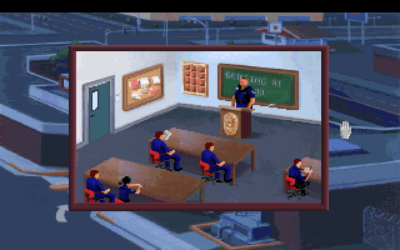
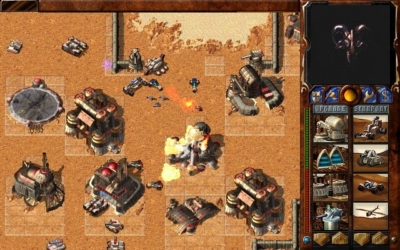
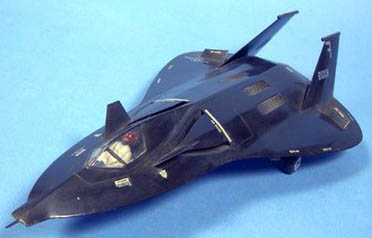
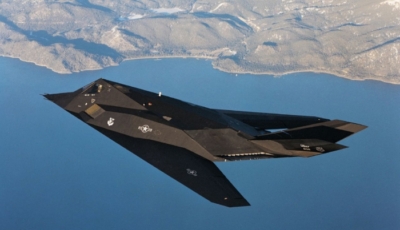
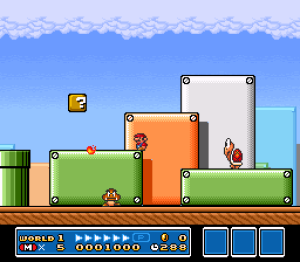

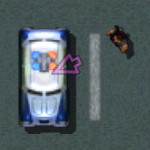
 Posts
Posts
Is it shameful to say that the first time I became aware of John Rhys Davies was in Wing Commander 3? I didn’t really catch up with Indiana Jones until they re-released the films on video in 2000 or so…
The F-19 also made an appearance in Delphine’s Operation Stealth…
July 16, 2017 @ 8:36 am
TV show Sliders as Professor Whats-his-name (may have a different name in the show)
May 21, 2023 @ 6:34 pm